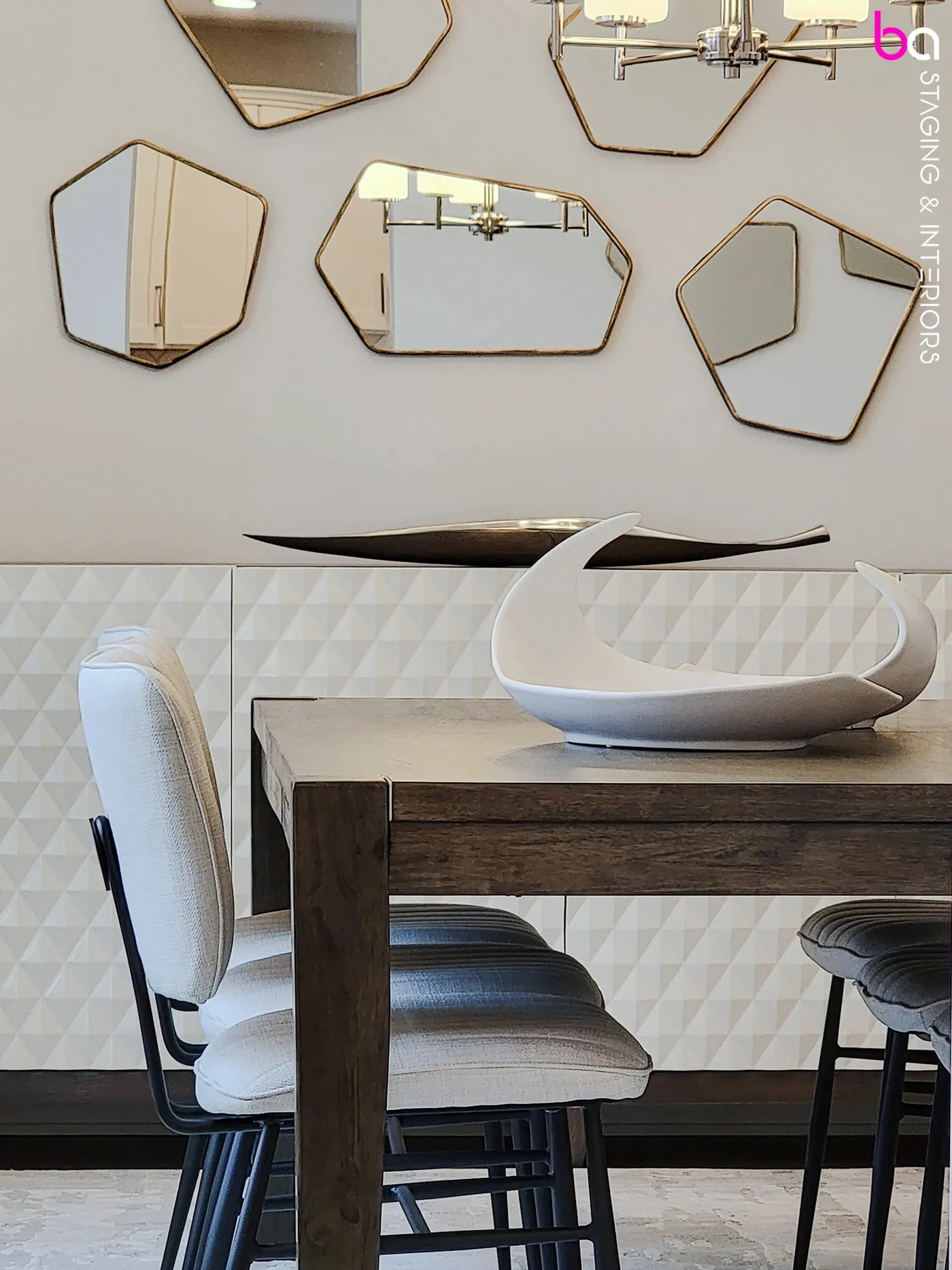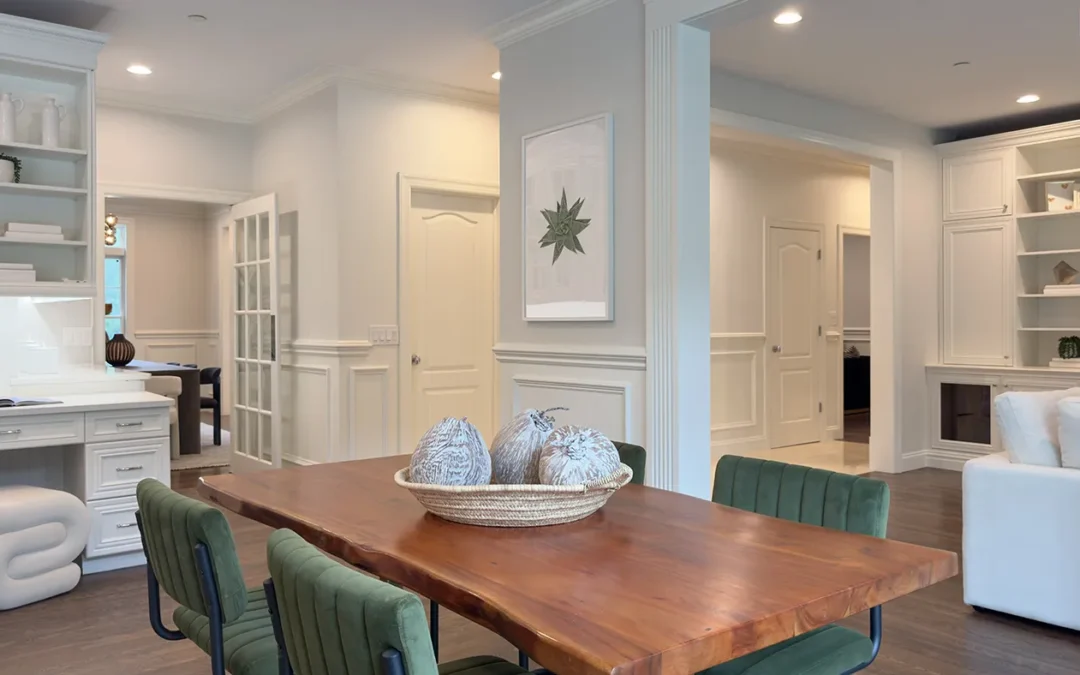

1. TV Cabinets with Doors:
Before the era of flat-screen TVs, bulky television sets often came with large speakers and DVD players, all of which required substantial storage space. TV cabinets back then were designed not only to hold these hefty devices but also to conceal them when not in use, preserving the room’s aesthetic. However, with the advent of slim, wall-mountable TVs, these bulky cabinets have fallen out of favor, replaced by sleek media consoles and floating shelves that help free up space.
2. Waterbed Frames:
Waterbeds were a popular trend in the 70s and 80s, offering a unique sleeping experience with beds filled with water instead of traditional springs or foam. These beds often featured mirrored headboards and built-in storage. However, they have since been replaced by more practical and supportive mattresses that align better with contemporary sleep preferences.
3. Vanity Tables with Built-in Lighting:
In the past, vanity tables with built-in lighting were a staple in many bedrooms. These vanities, often accompanied by drawers for cosmetics and accessories, were designed for a time when daily grooming routines were more formal and time-consuming. Today, however, with people leading busier and more casual lives, bathrooms equipped with ample storage and lighting have made these vanity tables a rare sight.
4. Roll-Top Desks:
Popular during the 19th and early 20th centuries, roll-top desks were valued for their secure storage of documents and writing materials, with numerous small compartments to hide clutter and wires. However, as technology advanced and workspaces became more streamlined, these desks fell out of use. Modern desks now cater to wireless technologies, reducing the need for large, compartmentalized furniture.
5. Formal Dining Room Sets with China Cabinets:
In the past, formal dining room sets were the norm, complete with a large table, multiple chairs, and matching china cabinets for storing fine china and silverware. These sets were often bulky and designed for traditional, formal dining experiences. However, as open-concept living has gained popularity and dining habits have become more casual, the demand for formal dining furniture has decreased. Today, more versatile and space-saving furniture, such as expandable tables and sideboards, is favored by many who embrace a minimalist lifestyle.
As time passes, household items come and go. Their disappearance isn’t just a sign of aging, it’s a testament to how our lifestyles and preferences evolve. We now prioritize functionality and space efficiency, often at the expense of nostalgia. So, the next time you spot a vintage item, take a moment to appreciate its history, as it once played a significant role in the daily lives of people.
Need home staging? Contact us now!






